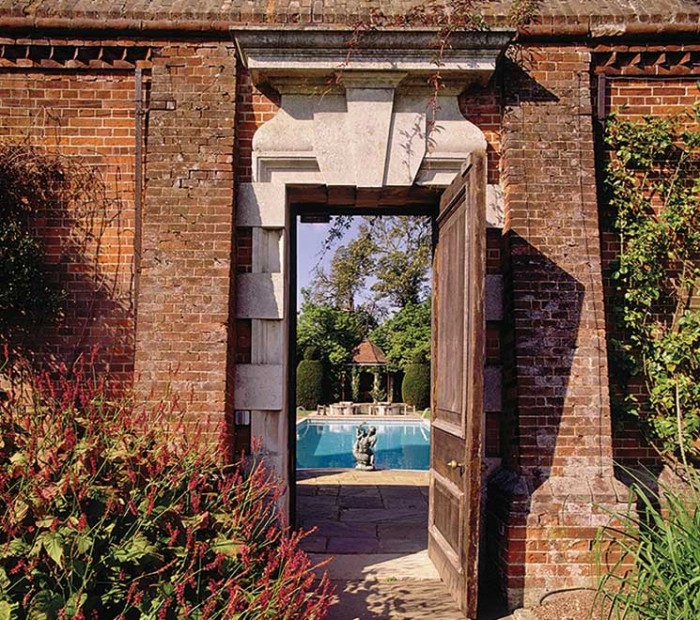5 historic hotel hideaways
Jemima Coxshaw eyes up five hotels that are as rich with history as they are with luxury.
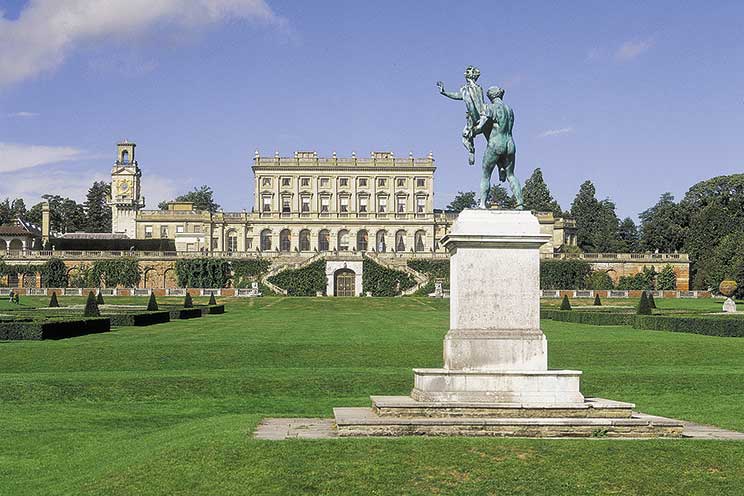
1 Cliveden House, Berkshire
Cliveden’s 300-year history has seen it burn down twice, host virtually every British monarch since King George I – and witness a scandal that almost brought down the government. Built in 1666, it has housed three dukes, an earl and Frederick Prince of Wales, before America’s wealthiest man, William Waldorf Astor, gifted it to his son and daughter-in-law Nancy Astor, the UK’s first female MP, in 1906. It achieved notoriety in 1961 when, during the Cold War, Secretary of State for War John Profumo had a liaison with Christine Keeler, a showgirl with intimate connections to a Soviet diplomat there. The threat to national security shook the government to its core.
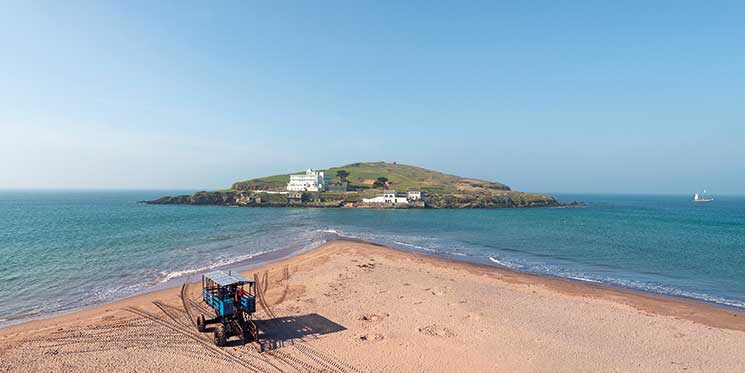
2 Burgh Island, Devon
There’s nowhere quite like Burgh. Set on a small tidal island, guests are transported from the mainland at high tide (a village called Bigbury-on-Sea) via “sea tractor”, a curious contraption first built in 1930 comprising tractor wheels and a two-metre high platform. One of only two operative buildings on the island, the 1929 iconic Art Deco hotel rises spectacularly like an elegant cruise liner, and is surrounded by beach. A favourite of Noel Coward and Agatha Christie, the crime writer set two books there (And Then There Were None and Evil Under the Sun). It wasn’t always cocktails and glamour; the hotel is built on the site of an ancient monastery.
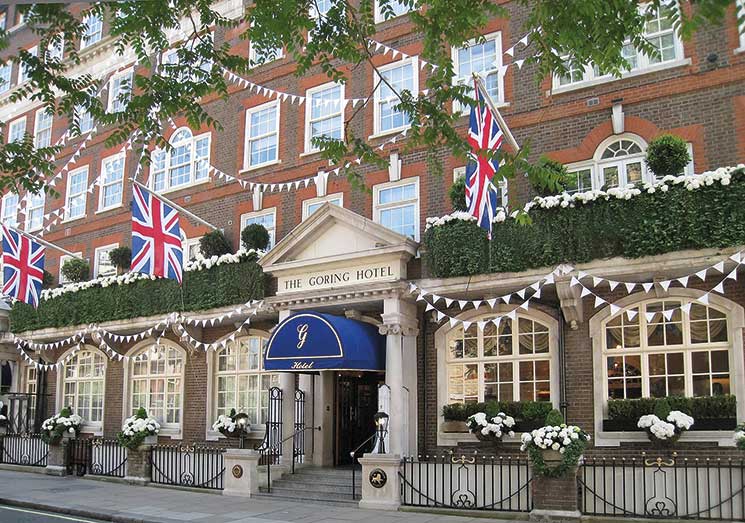
3 The Goring Hotel, London
It is scant surprise that this Royal Warrant-holding behemoth was where the Duchess of Cambridge’s bridal party stayed prior to her wedding. After all, its founder, Otto Goring, chose the site in 1910 for its position within sight of Buckingham Palace. The world’s first hotel with ensuites (“I’d much prefer to stay at The Goring; I don’t have a bathroom to myself at Buckingham Palace,” opined the Crown Prince of Norway in 1937), it was the place for visiting sovereigns at the coronations of King George VI and the Queen. A crucial cameo came in 1914 when it was the command centre for the chief of the Allied forces, with phone links to President Wilson.
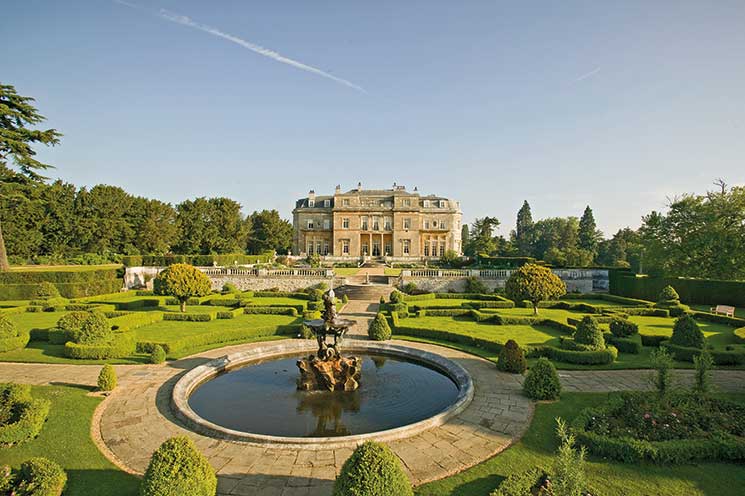
4 Luton Hoo, Bedfordshire
This English country house hotel has provided stately lodgings since at least 1601 (the Domesday Book talks of a family by the name of de Hoo residing at a manor house on the site). The present neo-classical 18th century house, designed by Robert Adam with gardens by Capability Brown, was the seat of the 3rd Earl of Bute, Prime Minister to King George III. In 1903, diamond dealer Sir Julius Wernher bought it and charged Charles Mewes and Arthur Davis, architects of The Ritz, with its sumptuous interiors. It has played host to Winston Churchill, as well as providing a set for various films: notably Vanity Fair and Four Weddings and a Funeral.
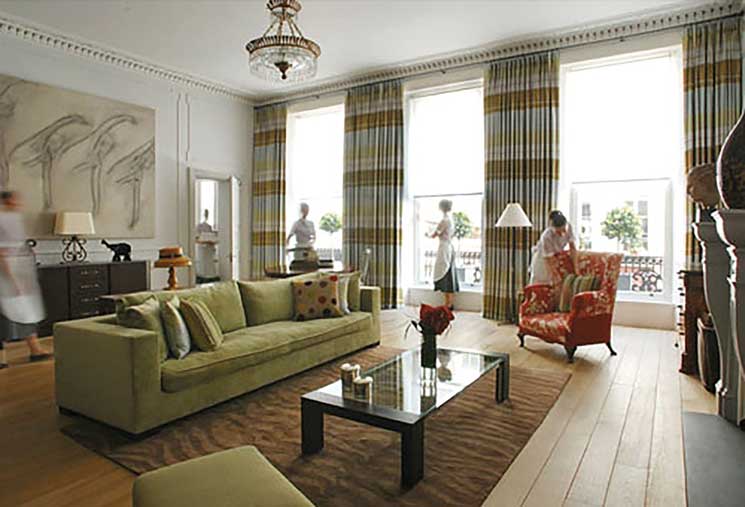
5 Brown’s Hotel, London
Mayfair’s Brown’s Hotel is a luxury London stalwart. But more than serving up an exemplary tea, it has borne witness to a host of historic landmarks. The story starts in 1837 when James Brown bought 23 Dover Street, creating the hotel the following year. In 1876, it provided the historic site of the world’s first-ever telephone call, made by Alexander Graham Bell to the home of James Ford, then the hotel’s owner, while guests have included Napolean III; Theodore Roosevelt; Agatha Christie (At Bertram’s Hotel is based on Brown’s); and Stephen King, who began Misery at the hotel. Evidently an inspiration to writers, Rudyard Kipling professed to find it muse-like.

